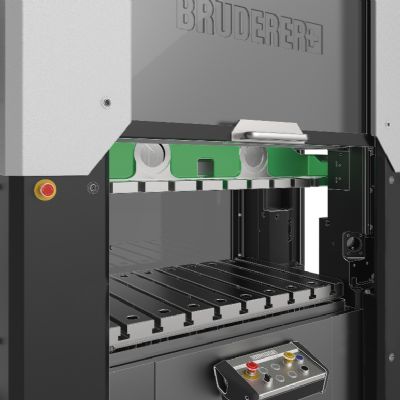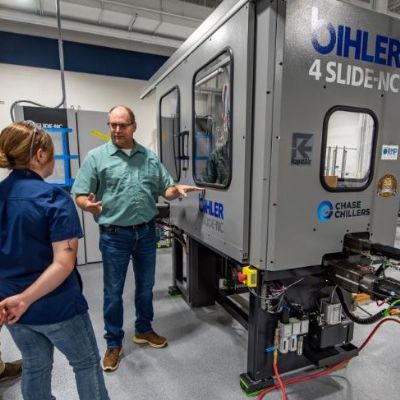Simplifying the Complex
April 22, 2025Comments
A strip enters, and tiny, delicate, precision parts and components exit to the tune of hundreds per minute. The output in these high-speed operations find use in transportation, communication, medical and other complex and critical products. The seeming ease of such processes belies the efforts and knowhow of tool designers and builders, machine builders, product and process engineers, operators, and others. These individual performances coalesce into orchestral masterpieces that we commonly refer to as high-speed stamping. I had the pleasure of visiting two providers of such services, and summarize how they leverage various technologies in this issue: Otto Engineering and Superb Industries.
High-speed stamping and assembly rely on unique and often fragile materials, and sophisticated tooling, machines and controls. Yet in operation, everything seems so simple, testament to those who plan, build, operate and maintain it all. This brings to mind some ideas from Steve Jobs, personal-computing pioneer and Apple co-founder, as described in the book, Steve Jobs: The Exclusive Biography. Author Walter Isaacson writes:
“Ever since Apple’s first brochure proclaimed that ‘Simplicity is the ultimate sophistication,’ Jobs had aimed for the simplicity that comes from conquering complexities, not ignoring them. ‘It takes a lot of hard work,’ Jobs said, ‘to make something simple, to truly understand the underlying challenges and come up with elegant solutions.’’’
Otto Engineering and Superb Industries parlayed their expertise in tool design and build as well as machine/process integration, rolling up their sleeves to ‘simplify’ part and product solutions. The processes only seem simple upon viewing—what goes on actually is quite complex, with feeding of multiple materials; an insane amount of work performed within the tooling; tying feeds, presses and other forming equipment together; and synching it all for high-speed, glitch-free operation. As Jobs alluded to, a whole lot of hard work was done on the underlying challenges to make the end product so satisfying.








